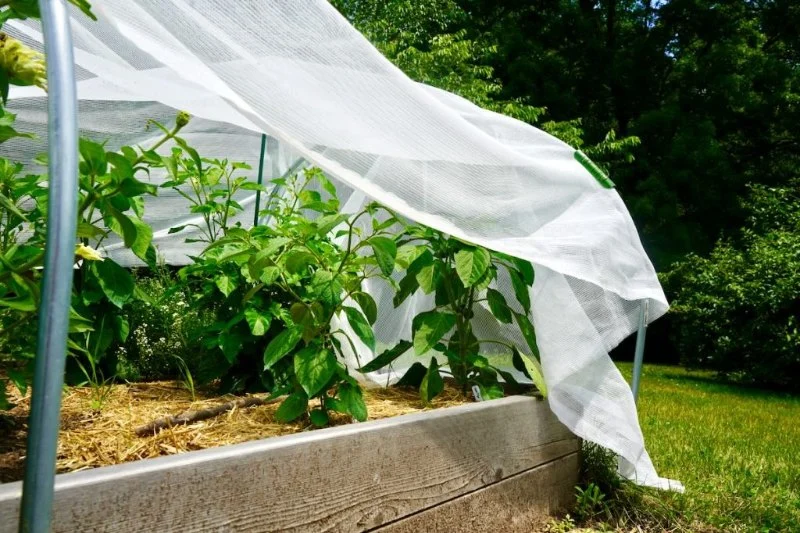
- Understanding Heat Stress in Plants
- Watering Strategies During Heat Waves
- Shading and Covering Techniques
- Soil Health and Mulching
- Picking Heat-Resistant Plants
- Beautiful Landscapes Recommendations
Understanding Heat Stress in Plants
Heat waves can be devastating for plants, especially when temperatures stay high for several consecutive days. When exposed to extreme heat, plants lose water faster than they can absorb it, leading to wilting, leaf scorch, and even death. The symptoms of heat stress include drooping leaves, browning edges, and slowed growth. Some plants may even shed leaves or flowers in an attempt to conserve water.
Understanding how plants respond to heat is crucial for effective protection. During intense heat, plants close their stomata — the tiny pores on their leaves — to reduce water loss. While this helps conserve moisture, it also limits their ability to cool down through transpiration. This is why even well-watered plants can suffer in scorching temperatures if they are not properly shaded or mulched.
Watering Strategies During Heat Waves
One of the most effective ways to protect plants during heat waves is through smart watering practices. While it may be tempting to water more often, timing and technique are more important than frequency. Overwatering can suffocate roots, while under-watering can lead to dehydration.
- Water Early in the Morning: Watering early allows plants to absorb moisture before the heat of the day. This gives roots enough time to take in water before evaporation becomes excessive.
- Water Deeply, Not Frequently: Shallow watering encourages weak root systems. Instead, water deeply so the moisture reaches the root zone, helping plants stay hydrated for longer periods.
- Use Drip Irrigation: Drip irrigation or soaker hoses deliver water directly to the roots, minimizing evaporation. This method is especially useful for vegetable gardens and flower beds.
- Avoid Watering at Midday: Watering in the afternoon heat can cause water to evaporate before it reaches the roots and may even scorch the leaves if water droplets act as magnifying lenses under the sun.
Consistent, deep watering combined with proper soil management will significantly improve your plants’ chances of surviving extreme heat.

BrightView Landscapes
IndianapolisMarion CountyIndiana
8731 Americana Blvd, Indianapolis, IN 46268, USA
Shading and Covering Techniques
Just like humans, plants need protection from the sun during heat waves. Shading provides relief by reducing the temperature around your plants and preventing leaf burn. You can use several simple yet effective methods to shield your plants from direct sunlight.
- Shade Cloths: Shade cloths are one of the most efficient ways to protect plants from excessive sun. Choose a cloth that blocks about 30–50% of sunlight for most garden plants. These can be draped over stakes or garden structures to create a cooler environment.
- Use Natural Shade: If possible, move potted plants to shaded areas such as under trees, porches, or awnings. For permanent garden beds, consider planting taller shrubs or sun-tolerant trees to provide natural protection.
- Temporary Covers: During sudden heat waves, lightweight sheets or burlap can be used to cover sensitive plants. Make sure the cover doesn’t touch the leaves directly, as it can trap heat underneath.
Even a few degrees of shade can make a major difference in preventing damage to delicate plants like lettuce, ferns, and impatiens.
Soil Health and Mulching
Healthy soil is a plant’s best defense against extreme heat. Soil with good structure and organic matter retains moisture more efficiently, helping roots stay cool and hydrated. One of the best ways to improve soil performance during heat waves is through mulching.
- Apply Organic Mulch: Materials such as wood chips, straw, shredded bark, or compost work well as mulch. Spread a layer of 2–3 inches around the base of your plants, leaving a small gap near the stems to prevent rot.
- Mulch Conserves Moisture: Mulch acts as a natural barrier, reducing evaporation and keeping the soil cooler during the hottest parts of the day.
- Prevent Soil Compaction: Avoid walking on garden beds, as compacted soil prevents air and water from reaching the roots. Loosen the soil before mulching to improve water infiltration.
Mulching not only protects plants during heat waves but also enhances soil fertility and prevents weed growth, making it a long-term investment in your garden’s health.
Picking Heat-Resistant Plants
Another great way to prepare your garden for summer is by choosing heat-tolerant plants. These varieties are better equipped to handle prolonged exposure to sunlight and can thrive even with minimal watering. Examples include succulents, lavender, lantana, salvia, and ornamental grasses. Native plants are also an excellent choice since they are naturally adapted to your region’s climate.
When planting heat-resistant species, make sure they are placed in well-drained soil and given time to establish strong roots before the peak of summer. Combining these resilient plants with smart watering and mulching techniques will create a garden that can handle even the harshest heat waves.
Beautiful Landscapes Recommendations
At Beautiful Landscapes, we understand how challenging it can be to maintain a vibrant garden during the scorching summer months. Our experts recommend investing in quality mulch, shade structures, and irrigation systems to help your plants thrive even in extreme heat. We also offer a curated selection of heat-tolerant plants and garden tools to make summer gardening easier and more enjoyable.
Visit Beautiful Landscapes for more expert advice, tools, and products to protect your garden from heat waves. With the right preparation, your garden can remain lush, colorful, and resilient — even under the summer sun.


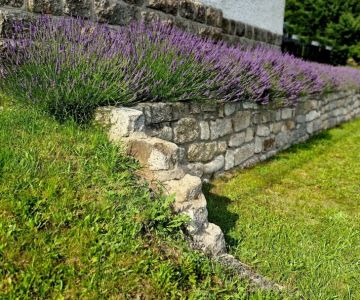


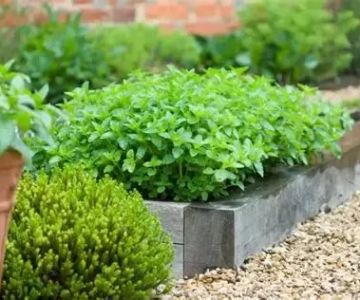


 3 Sons Landscaping3.0 (7 reviews)
3 Sons Landscaping3.0 (7 reviews) Stillman Valley Nursery & Garden Center4.0 (17 reviews)
Stillman Valley Nursery & Garden Center4.0 (17 reviews) Kingdom Lawn Care LLC5.0 (2 reviews)
Kingdom Lawn Care LLC5.0 (2 reviews) Star Landscaping4.0 (22 reviews)
Star Landscaping4.0 (22 reviews)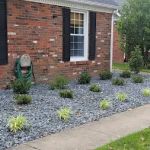 Cutting Edge Lawn Care LLC2.0 (4 reviews)
Cutting Edge Lawn Care LLC2.0 (4 reviews) Outer Edge LLC5.0 (2 reviews)
Outer Edge LLC5.0 (2 reviews) How to Attract Birds & Butterflies to Your Landscape
How to Attract Birds & Butterflies to Your Landscape How to Design With Movement: Plants That Sway Gracefully in Your Garden
How to Design With Movement: Plants That Sway Gracefully in Your Garden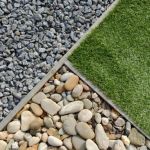 How to Use Decorative Gravel & Stone Finishes for Stunning Landscapes
How to Use Decorative Gravel & Stone Finishes for Stunning Landscapes Best Ground Covers for Slopes & Erosion Control: Affordable and Effective Solutions
Best Ground Covers for Slopes & Erosion Control: Affordable and Effective Solutions How Much Value Does Landscaping Add to a Home? Explore the Benefits and Impact
How Much Value Does Landscaping Add to a Home? Explore the Benefits and Impact How to Landscape a Front Yard for Maximum Curb Appeal: Expert Tips and Ideas
How to Landscape a Front Yard for Maximum Curb Appeal: Expert Tips and Ideas